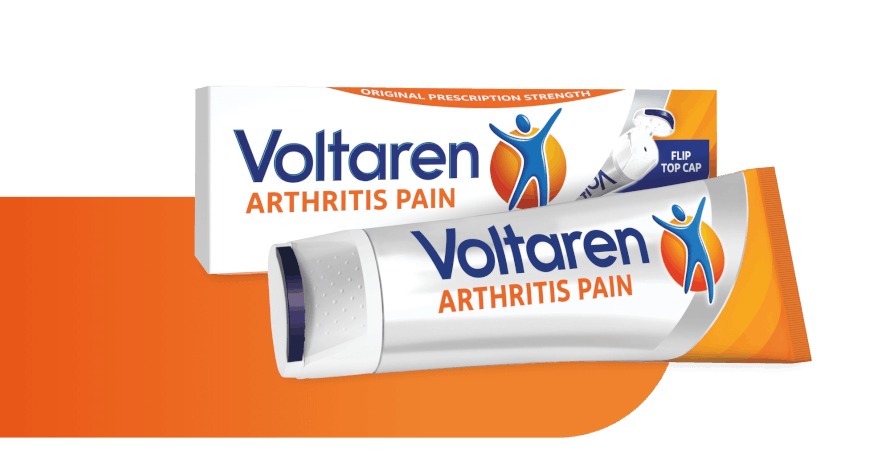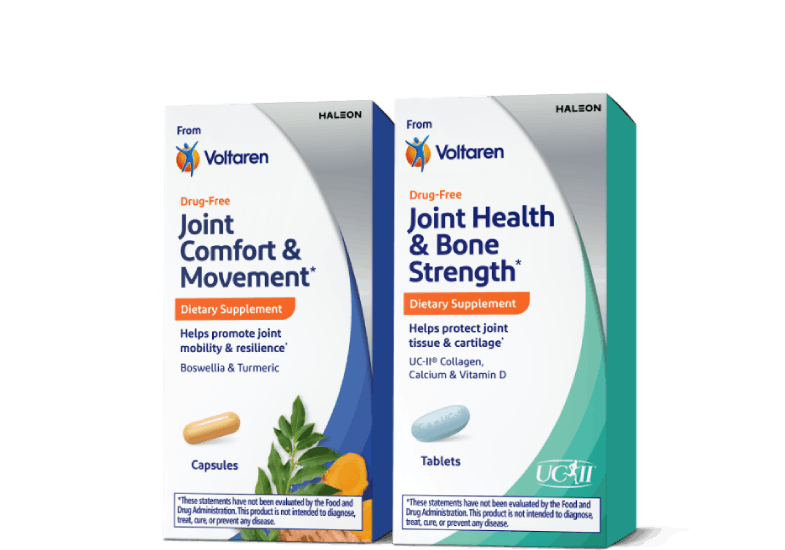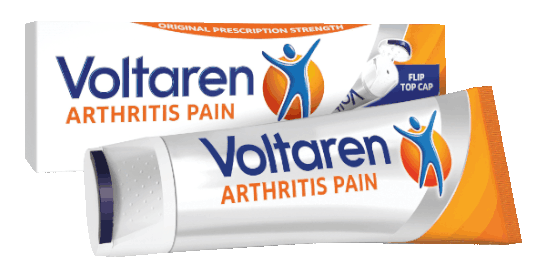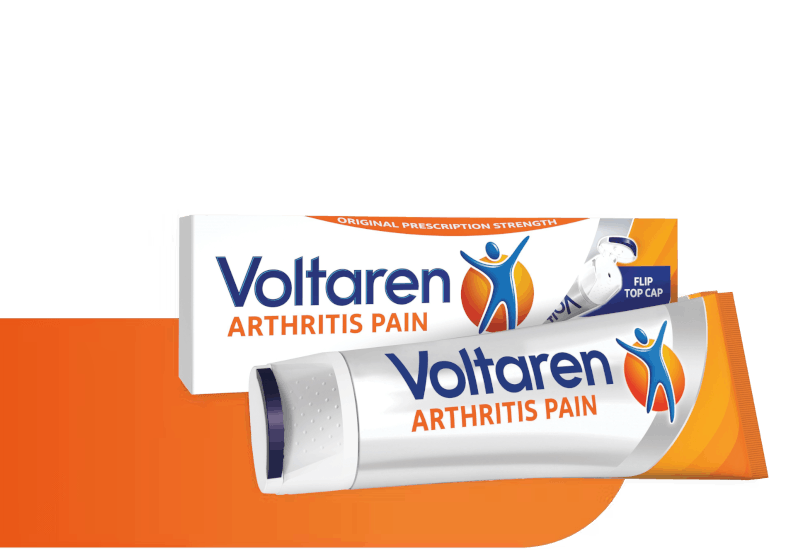What are the Different Causes of Arthritis?
Learn more about the causes of joint pain and ways to treat the pain.
/causes-of-arthritis-hero.jpg?auto=format)
Voltaren has been studied to relieve the pain of osteoarthritis. There are many other types of arthritis that may be of interest to you, even though they’re not treated by Voltaren.
If your fingers feel stiff when you wake up in the morning or your knees ache after a walk, do you ever wonder why? It’s okay if you do, because we think about it all the time—you’re probably experiencing arthritis.
While it’s common for people around the world to write off mild joint pain and stiffness as temporary, if it remains an ongoing issue, you may have a more serious condition like arthritis. Let’s explore the most common causes of this disease—and some of the factors that may put you at high risk.
Inflammation
One of the most common causes of arthritis pain is inflammation, which occurs in response to ongoing tissue damage.1 Your body releases inflammatory chemicals, which alert the nerves that carry pain signals to your brain. This results in pain at the site of tissue damage.2 It might not be your ideal scenario, but pain is an important way for our bodies to alert us that something is wrong, so we can take action.
While the exact cause of arthritis is unknown, experts have identified certain risk factors that can lead to the development of arthritis. Genetics, unhealthy body weight, joint injury or overuse, and smoking are all factors that may put you at greater risk.3
Cartilage Deterioration
While cartilage deterioration doesn’t sound like a fun topic to cover, it’s an important one. In the case of osteoarthritis (OA), we’re talking about a degenerative joint disease that often involves the hips, knees, neck, lower back, or small joints of the hands.4
You are more likely to find OA in joints that are overused. For example, a baker may get OA in the hands, or a runner could get OA in the knees. It can also be caused by carrying around excess body weight, which can lead to muscle strain and extra stress on the joints.5 When the cartilage in any of your joints wears away enough, the bones begin to rub together, causing pain. In addition to being overweight or overusing particular joints, genetics may play a role in increased risk.6 That’s why we encourage you to lead a healthy lifestyle, so you can keep moving and experiencing joy.
Immune System Attack
If you have rheumatoid arthritis (RA), your own body may act like your worst enemy. Your immune system releases enzymes that attack healthy cells in your body by mistake, causing painful swelling in the tissues and lining of the joints in those parts of your body.7
This autoimmune inflammatory disease usually involves various joints in the fingers, toes, hips, wrists and knees.8 Risk factors include family history, smoking, obesity, age, and gender—women are more likely to develop this form of arthritis.9
There’s no cure for RA yet, but there are treatments that can help slow the progression and relieve the pain. It’s important to stay proactive to control the signs and symptoms and prevent joint damage the best you can.
Reducing Pain
If what you’ve read above sounds familiar, your joint pain may indicate arthritis, so we encourage you to talk to your doctor about treatment options that may be right for you. When it comes to reducing pain, the best place to start is by taking care of your overall health. Make sure you are eating a healthy diet, maintaining a healthy weight, exercising, practicing mindfulness and relaxation techniques, and resting when you need it.
Related Articles

What Are the Symptoms of Arthritis?
Arthritis feels different to everyone—you will likely have physical symptoms such as pain and stiffness. You might also notice emotional ups and downs as you manage this chronic condition.

The Different Types of Arthritis
From osteoarthritis to rheumatoid arthritis and psoriatic arthritis—every type of arthritis can impact the quality of life in people of all ages.
See How Voltaren Can Help
Save Money on Your Next Purchase.
Feel The Joy Of Movement
No matter the day, the hour, or what you’re doing, embrace the joy of movement with the help of specialized products from Voltaren: powerful gel for arthritis pain † or drug-free, dietary supplements for healthy joints.*

For Arthritis Pain Relief

For Healthy Joints*
†Use as directed. Voltaren is approved for treatment of arthritis pain.
Dietary supplements from Voltaren are not intended to treat arthritis pain.
*These statements have not been evaluated by the Food and Drug Administration. These products are not intended to diagnose, treat, cure or prevent any disease.




